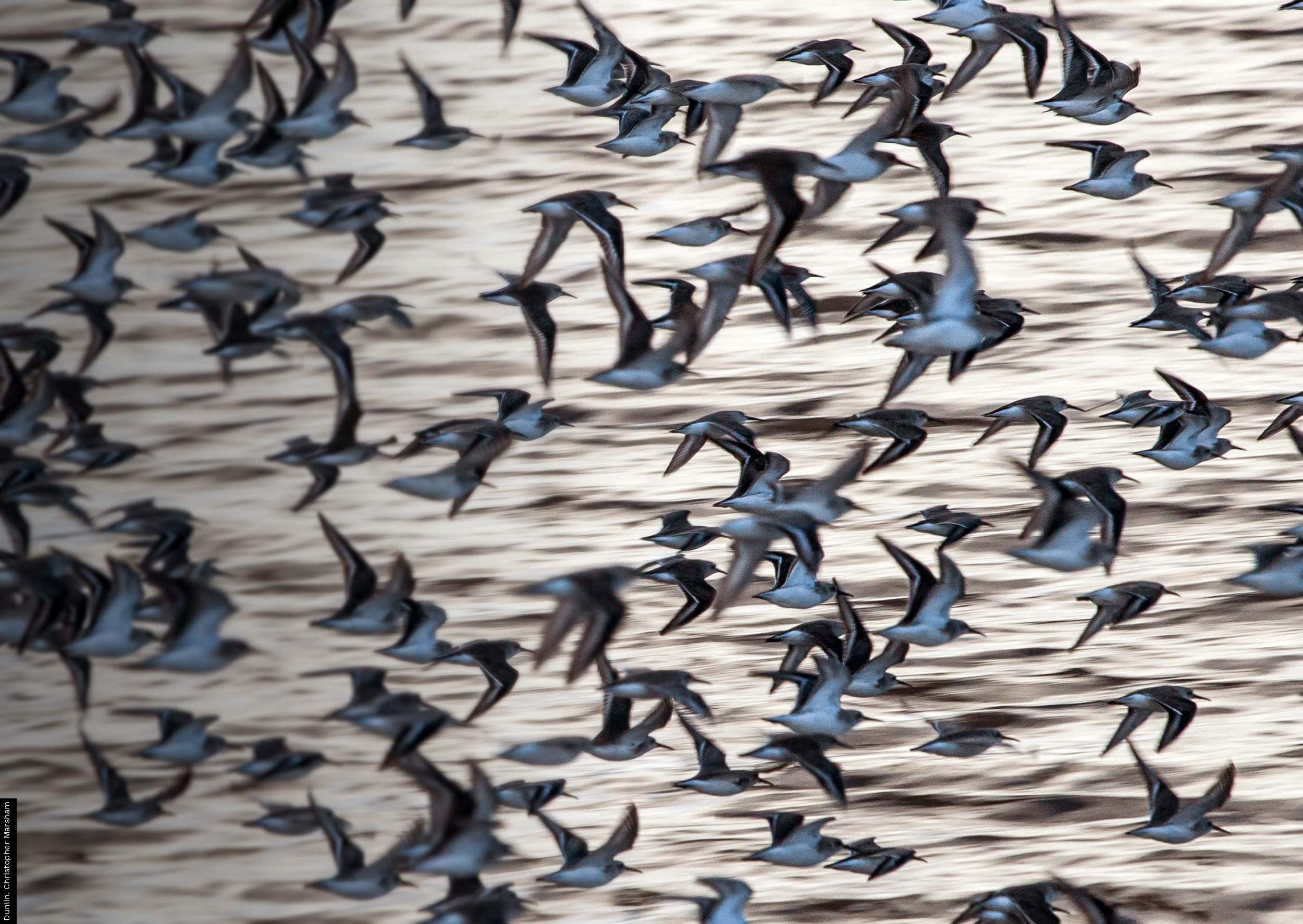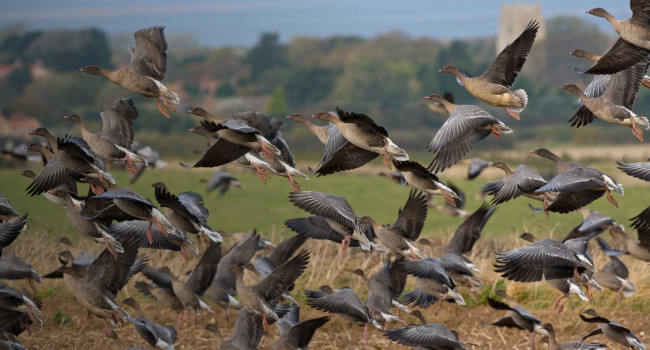Seabird tracking sheds new light on migration
07 Mar 2024 | No. 2024-09
Revealing new research has shown how an endangered seabird is converging on specific stopping off points in the Atlantic Ocean during migration, helping scientists to better understand the bird’s conservation needs.
Migrating birds can face a wide range of challenges. Whether they are crossing seemingly endless deserts, flying over towering mountains or traversing vast open seas, these hardy globetrotters often need to navigate more than simply the landscape beneath them.
Sudden changes in weather conditions, pressures from hunting and the appearance of human-made infrastructure can all play a part in disorientating, diverting or delaying the long-distance travellers. Migration is not always as straightforward as getting from a starting point to an end destination; the route taken is often every bit as important, as is the availability of suitable stopovers where they can refuel for the next stage of the journey.
A new study by the British Trust for Ornithology (BTO), in collaboration with scientists from several other research organisations, has revealed how one species, the highly migratory Arctic Skua, uses predetermined, mid-ocean meeting points while undertaking epic annual journeys.
Arctic Skuas are impressive birds. Their preferred way of feeding is by stealing from other seabirds, which they relentlessly harass with astonishing agility. Pursuing Puffins, terns and Kittiwakes, these pirates do not give up until their victim has relinquished its lunch. Sadly, like many other seabirds, these skuas are in serious decline. Arctic Skuas are the fastest declining seabird in the UK and are on the Birds of Conservation Concern Red List. Scientists from BTO have been working to better understand the movements of these global wanderers to identify the continued threats the birds face.
By fitting miniature long-term tracking devices to nesting skuas in northern Scotland, Norway, the Faroes and Svalbard, the researchers were able to determine the various routes the skuas took during both spring and autumn migrations. The findings revealed that although the skuas largely nested and wintered in widely separate places, many of the birds headed for, and spent at least some time in, the same specific areas, resting and refuelling while they were travelling between their breeding and wintering grounds.
These remote areas of ocean attract migrant seabirds of several species thanks to the rich sources of food found there. These mid-sea service stations provide a convenient stop-off point for tired and hungry avian travellers, as well as other marine wildlife such as whales and dolphins, from all points of the compass.
Individual skuas are very site-faithful; year after year they return to the same nesting sites. Similarly, individuals also return to the same far-flung locations to spend consecutive winters. Despite skuas from various nesting areas meeting up at these Atlantic ‘hot spots’ the birds each go off in their own direction, rather than follow the crowd. This means that a bird which nested in the Arctic Circle may spend the non-breeding season off the coast of South America while its partner heads to the shores of South Africa. The following spring, both birds will head back north, once again mixing with other skuas at a mid-ocean meeting point before returning to the same patch of tundra to nest on as they did the previous year. While some of these ‘hot spots’ have Marine Protected Area (MPA) status, other areas are not currently designated and could be worthy of further investigation.
Nina O’Hanlon, Senior Research Ecologist at BTO, said “By identifying the various routes and stopping off points these wide-ranging seabirds use we can start to identify threats they may encounter along the way and further safeguard these areas.”
She added “By revealing how extensively skuas mix during migration we can also now better understand how their experiences during this period can impact the fate of multiple breeding populations.”
This research was fully funded through the generosity of private donors and the full paper can be read here: www.int-res.com/abstracts/meps/v730/p113-129/






Share this page